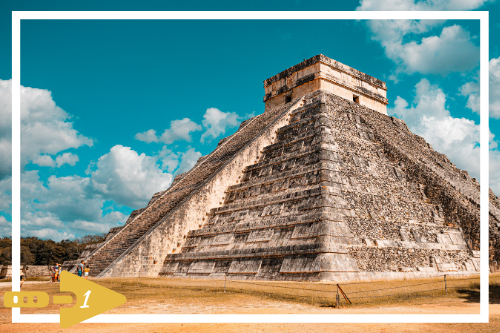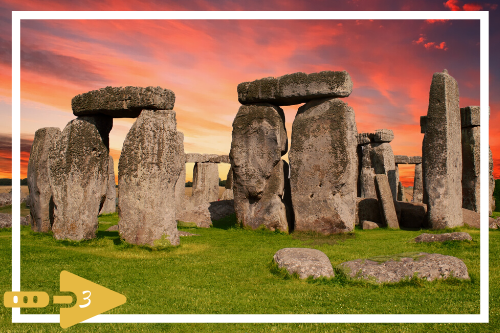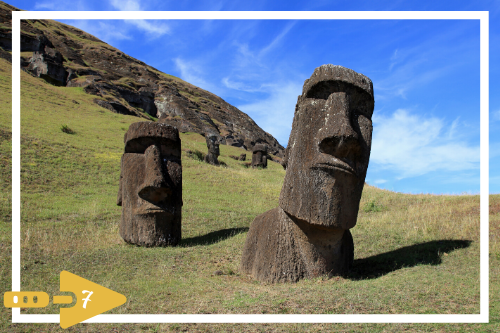
It’s a Crime!
Dr. Arty Fax’s Archy Facts is a weekly blog introducing kids (currently stuck at home) to the exciting world of archaeology!
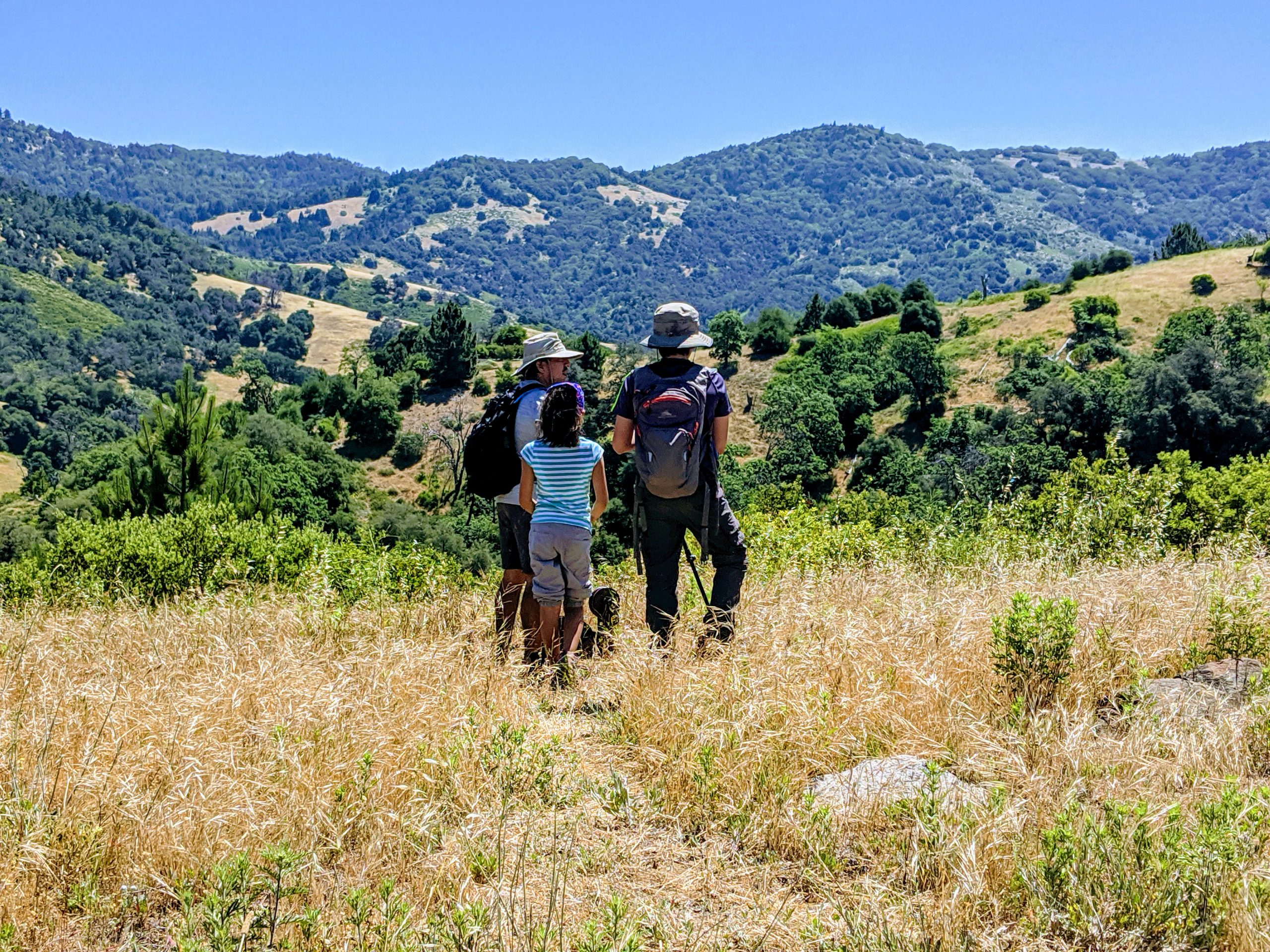 As summer approaches, many of us may find ourselves out and about in nature. Do you love camping and hiking? I sure do! There are many ways to enjoy the outdoors and most people know the principles of Leave No Trace. These include not leaving our trash, staying on marked trails, not picking flowers, and respecting wildlife. However, did you know that this applies to archaeological finds as well?
As summer approaches, many of us may find ourselves out and about in nature. Do you love camping and hiking? I sure do! There are many ways to enjoy the outdoors and most people know the principles of Leave No Trace. These include not leaving our trash, staying on marked trails, not picking flowers, and respecting wildlife. However, did you know that this applies to archaeological finds as well?
What should you do if you come across an artifact while on a hike?
 Do you know what archaeological site is pictured at the top?
Do you know what archaeological site is pictured at the top?
Scroll down to find out!
 LOOTING is the illegal destruction of archaeological sites through the non-scientific removal of artifacts, or simply stealing artifacts. Thieves of history have been looting artifacts from archaeological site around the world for thousands of years. Even in the United States, people dig in national parks and elsewhere to steal artifacts like stone tools and pottery to sell illegally. There are international laws against looting, but they can be difficult to enforce.
LOOTING is the illegal destruction of archaeological sites through the non-scientific removal of artifacts, or simply stealing artifacts. Thieves of history have been looting artifacts from archaeological site around the world for thousands of years. Even in the United States, people dig in national parks and elsewhere to steal artifacts like stone tools and pottery to sell illegally. There are international laws against looting, but they can be difficult to enforce.
These artifacts are irreplaceable, and even more importantly, provide clues to the histories of many cultures. Taking even ONE artifact from a site can be very destructive. Archaeology depends on context to tell the story of the past. CONTEXT is the relationship of all artifacts to each other and to the site where they are found.
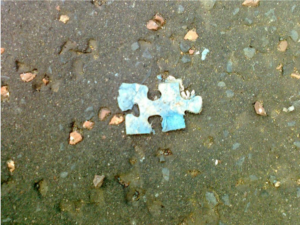
Think of artifacts and context like a puzzle.
If you have one puzzle piece, can you tell what the picture is? Does it mean anything by itself? No and No. It’s just a puzzle piece. That is just like, for example, an arrowhead that is collected along a hike. A single artifact alone loses much of its meaning without context

All the other artifacts at a site are like the other pieces that complete the puzzle. You may not see all of them when you are out walking, but by removing just one, you ruin the puzzle
So what should you do if you find an artifact? LEAVE IT IN PLACE. If you are in a park or other public land, you can tell a ranger or other responsible adult.
In short, should you keep artifacts? NO!
Artifacts can be found in many places in San Diego, in canyons, mountains, and even the city. If you keep an artifact you find, an important piece of San Diego’s history will be lost forever. Archaeologists need to know exactly where an artifact was found to understand everything about it. They can’t use an artifact that came out of your pocket.
If you find an artifact, look at it, enjoy it, but don’t move or disturb it. Leave it exactly where you found it. You can take a picture of it too, and then you’ll have it to look at later. If you find paintings or etchings on rocks, never touch them or add paint to them. Never disturb Native American places or historic spots. Tell a park ranger or another official about the artifact you saw. They may want to protect it further.
Archy Facts @ HOME ACTIVITY Decipher this Secret Code
Decipher this Secret Code
![]() Moai Stone Statues
Moai Stone Statues
Easter Island
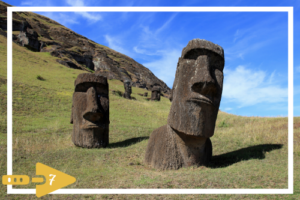
Fun Facts:
The are about 1,000 Moai statues located mostly along the coast and were carved between 1250 and 1500 CE. Although commonly referred to as “heads,” many have full bodies. The average Moai stands about 13 feet high and weighs almost 14 tons!
Read more about the Moai here and here.
Want to learn more?
Check out:


